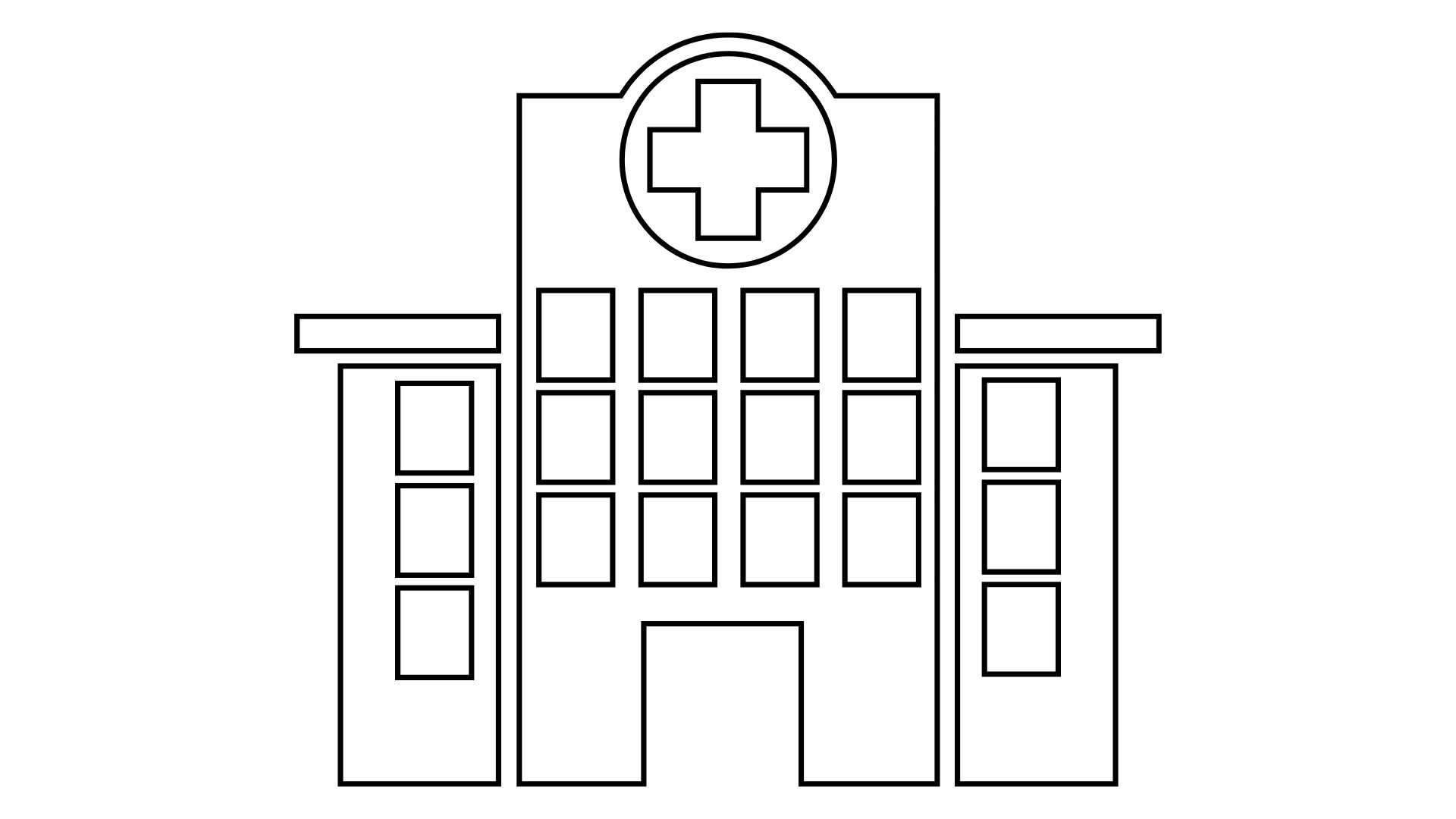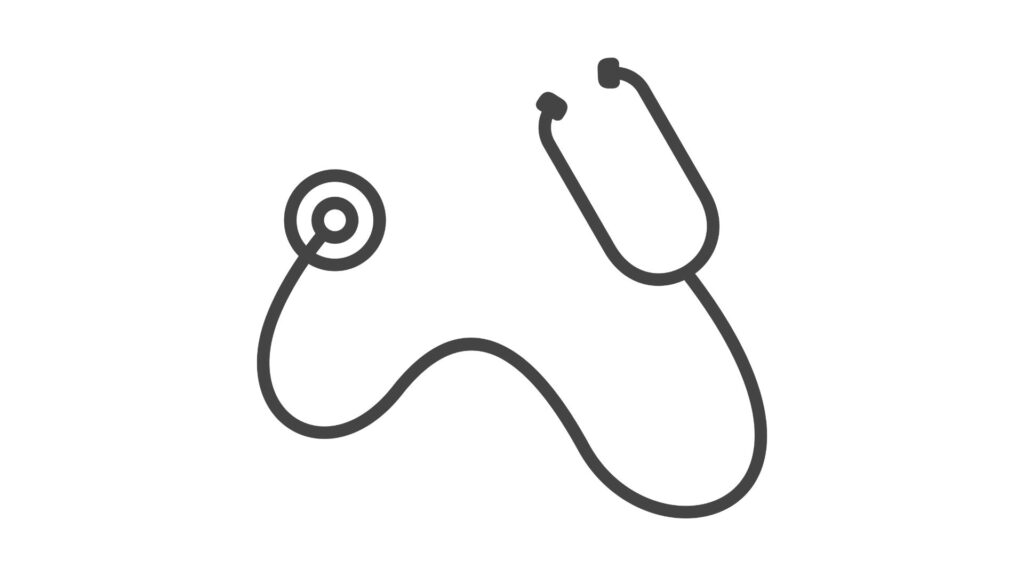The 2025 Trends That Will Define the Future of Health Equity

Health equity isn’t just some fluffy ideal – it’s about making sure everyone has a fair shot at being healthy. And in 2025, we’re seeing some major shifts in how healthcare systems are actually tackling this challenge (instead of just talking about it).
Let’s dive into the trends shaping health equity this year, and why they actually matter for real people.
The State of Health Equity in 2025: From Talk to Action
Despite all the buzzwords and promises, health disparities are still massive. In low-income countries, kids are 13 times more likely to die before age 5 compared to wealthy nations. And even in rich countries, Indigenous and racial minorities consistently get worse healthcare.
But there’s a shift happening. Organizations are moving from “big talk, little action” to implementing practical solutions that might actually work.
1. Less Talk, More Action

Health equity might not be making the top of every executive’s priority list (less than 25% of health leaders list it as their #1 concern), but there’s something interesting happening:
Companies are getting smarter and more tactical about equity. Instead of massive, vague initiatives, they’re launching targeted programs based on actual data.
This isn’t just feel-good corporate social responsibility – it’s becoming a growth strategy. Organizations realize they can expand their customer base by making healthcare more accessible and personalized for underserved groups.
As one healthcare executive put it: “Health equity isn’t charity – it’s smart business.”
2. Prevention Is Finally Getting the Spotlight
For decades, our healthcare system has been backwards – waiting until people get sick instead of keeping them healthy in the first place. This hits disadvantaged communities hardest.
Now we’re seeing major payers and Medicare/Medicaid launching programs that actually focus on prevention:
- Expanded coverage for wellness visits
- Standardized screenings for social factors affecting health
- New billing codes like G0136 that cover social needs assessments without patient cost-sharing
Healthcare is finally acknowledging that your zip code might matter more than your genetic code when it comes to health outcomes.
When someone can’t afford transportation to appointments or lives in a food desert, prescribing medication alone won’t solve their health problems. The medical system is starting to address these social determinants of health instead of just treating symptoms.
3. The Undeniable Link Between Social Justice and Health
The World Health Organization has been crystal clear: health disparities are directly tied to social injustice. This isn’t just speculation – it’s backed by hard data.
The numbers are staggering:
- Women in disadvantaged groups face dramatically higher maternal mortality rates
- Child mortality varies wildly based on income and geography
- These gaps exist both between and within countries
Let’s be real – these aren’t random differences. They’re preventable, unjust disparities caused by how we distribute resources and opportunities in society.
As the WHO puts it, fixing health equity requires political commitment and resource redistribution. It’s not just a healthcare problem – it’s tied to education, housing, employment, and gender equality.
4. Tech and AI: Game-Changers for Targeted Care

AI and data analytics are revolutionizing how we approach health equity. Instead of one-size-fits-all solutions, organizations can now:
- Integrate clinical, social, and community data
- Identify specific at-risk populations
- Predict barriers to care before they happen
- Create personalized interventions
Remote monitoring and digital health tools are empowering patients with insights about their health while reducing clinical workloads. However, there’s still the challenge of reaching digitally underserved communities and building trust.
Technology is also making healthcare costs more transparent, which helps patients make informed decisions. When people understand what they’re paying for, they’re more likely to access appropriate care instead of avoiding it until emergencies happen.
The Robert Wood Johnson Foundation has highlighted how data-driven approaches can transform equity efforts when used responsibly.
5. The Massive Economic Cost of Ignoring Health Equity
Health equity isn’t just morally right – it makes financial sense.
Research shows health inequities add $320 billion annually to U.S. healthcare costs. If we do nothing, that could balloon to over $1 trillion by 2040.
On the flip side, eliminating these disparities could:
- Boost U.S. GDP by $2.8 trillion
- Increase corporate profits by $763 billion
Mental health disparities alone cause massive productivity losses through absenteeism and unemployment. Companies are realizing that addressing social and health needs affects their bottom line.
As one economist put it: “We literally cannot afford to ignore health equity any longer.”
6. Racial and Ethnic Disparities Remain Profound

In the U.S., racial health gaps are still massive. Black, Hispanic, and Indigenous populations experience:
- Higher rates of chronic disease
- Greater infant mortality
- More pregnancy complications
- Lower life expectancy
And COVID-19 made everything worse, with communities of color bearing a disproportionate burden of illness and death.
The root causes run deep: structural inequalities like higher poverty rates, lower access to quality healthcare, environmental hazards in neighborhoods, and insurance coverage gaps.
Progress requires systemic changes both inside and outside healthcare systems – including improving social infrastructure and reducing non-medical barriers to care.
The Kaiser Family Foundation continues to document these persistent disparities and potential solutions.
7. Thinking Beyond Race: A Broader Equity Lens

While racial equity remains crucial, the health equity field is expanding to consider multiple dimensions:
- Disability status
- Geographic location
- Specific disease states
- Socioeconomic factors
- LGBTQ+ identity
This more holistic view helps design interventions that meet diverse needs. We’re moving beyond simplistic categories to understand the complex ways that different factors intersect to create health barriers.
After all, a rural, low-income white person may face very different health challenges than an urban middle-class person of color – and both deserve equitable care.
So what’s the bottom line for 2025? We’re seeing a shift from idealistic promises to practical implementation. Organizations are using data and technology to create targeted interventions while recognizing the economic case for equity.
But the persistent inequalities highlighted by global health organizations remind us how far we still have to go. True health equity requires addressing the social structures that create these gaps in the first place.
The good news? More healthcare leaders are recognizing that health equity isn’t just nice to have – it’s essential for creating sustainable, effective healthcare systems that work for everyone.

